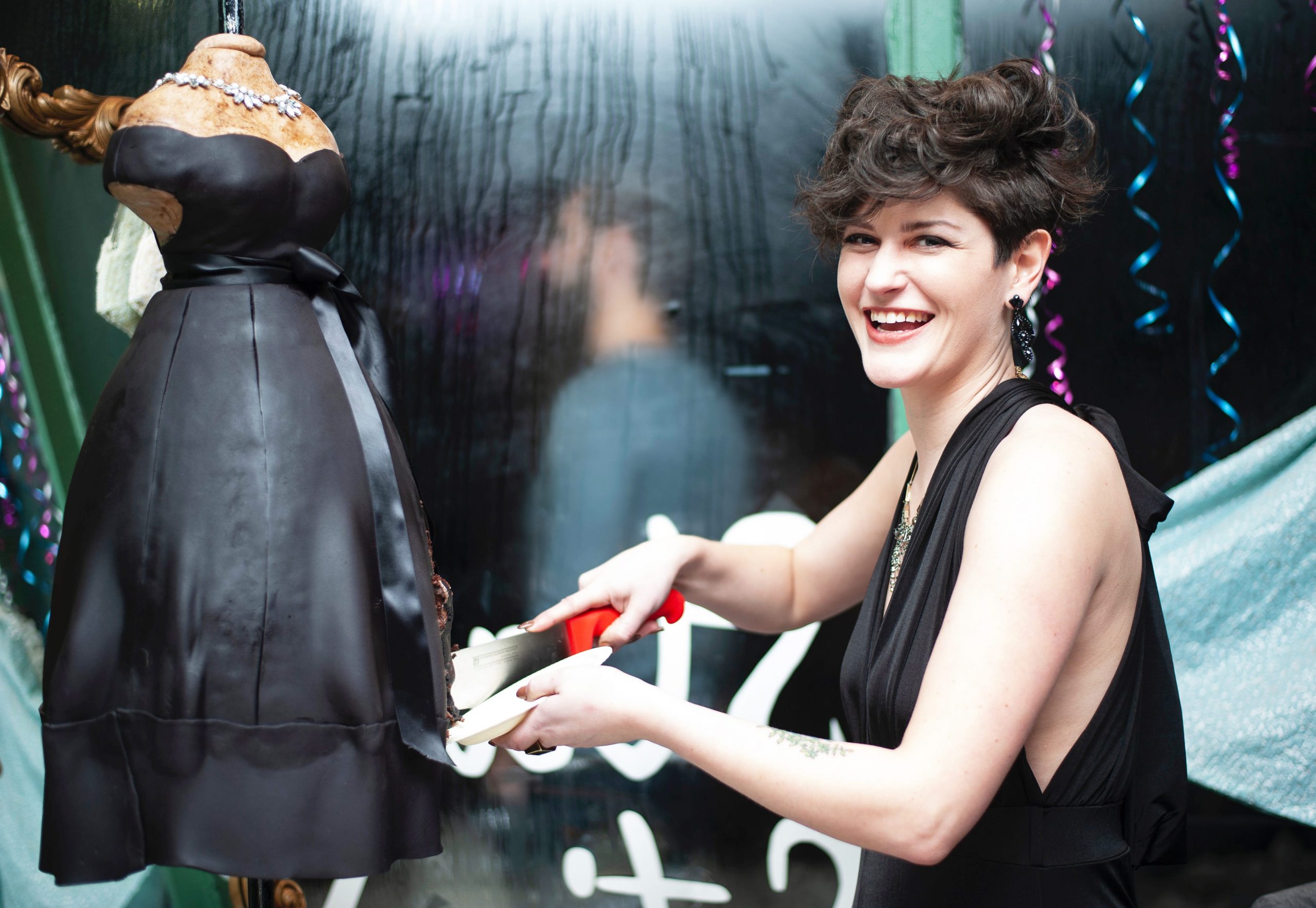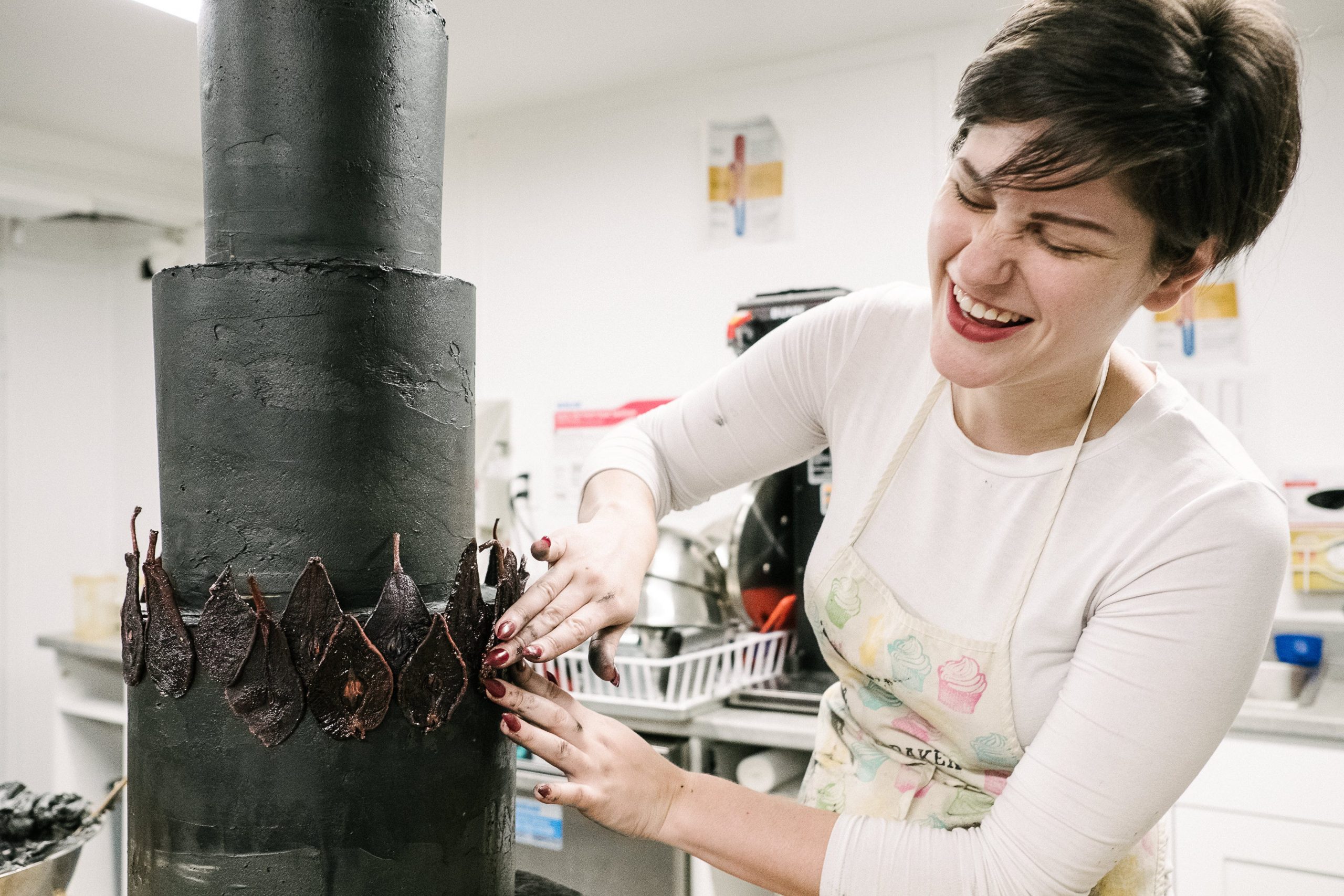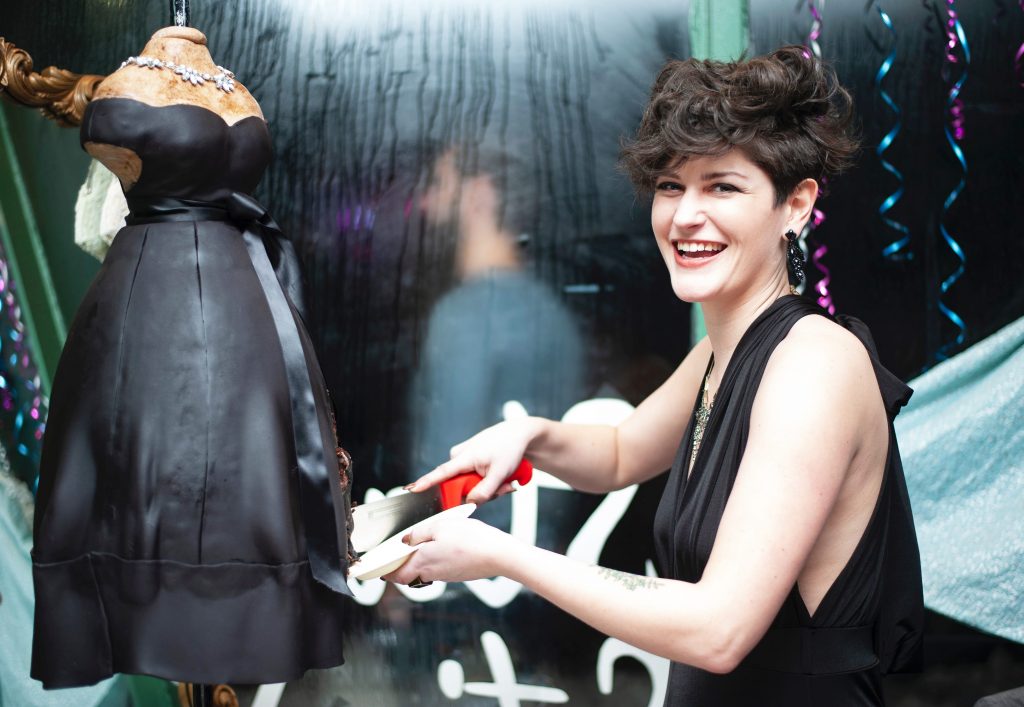
- Justine Martin owns Guilty Pleasures Bakeshop, a luxury bakeshop in Northern Ontario, Canada.
- Martin told Insider owning a business keeps getting harder amid the pandemic and supply-chain crisis.
- This is Martin's story, as told to writer Jamie Killin.
This as-told-to essay is based on a conversation with Justine Martin, the owner of Guilty Pleasures Bakeshop. It has been edited for length and clarity.
I own a luxury bakeshop in Northern Ontario, Canada, and navigating the COVID-19 has been extremely challenging.
I began selling my baked goods in January 2016, and by January 2017, I quit my full-time work to focus on baking. In February 2018, I opened our storefront in Downtown Sudbury.
At every turn during the pandemic, it feels like there's a new roadblock we have to surmount
Valentine's Day is no different. Typically, the only solution is to take a financial hit in order to continue to fulfill our orders to the highest possible quality standard.
Historically, Valentine's is my single busiest day, making up about 5% to 10% of my revenue for the year. We typically host a fine-dining pop-up dinner on the weekend closest to Valentine's Day, in addition to offering our baked goods through presales and walk-in purchases. The presales allow us to know our order volume ahead of time, which lets us avoid over-baking products that will spoil or are not transferable to other holidays — saving us significant time and money while reducing waste.

Our presales are down this year, and a big hit came from our orders being shipped rather than collected locally. We were anticipating a 50-50 split between the two fulfillment options, but instead, shipped orders comprise only 30% of sales.
I believe this is due to the steep rise in shipping costs. Even with my company covering $5 of shipping on each order, I'm still sitting at a cost of $20 per order for shipping to the United States.
We've greatly suffered at the hands of supply-chain interruptions since March 2020
In the first month of the pandemic, I was waiting on an important shipment of packaging worth more than $5,000. It was held up at a processing facility for over a month before it was returned to sender with no delivery attempts.
I was forced to order from an alternate, and more expensive, supplier and pay a significant upcharge for rush delivery. Once the first order was finally delivered, I was sitting on double the amount of packaging that I required, with a significant impact to my cash flow.

Our local food-service supplier also stopped carrying a key ingredient that we use in all of our cakes. Now, we have to order in significantly higher bulk and drive more than eight hours round-trip every few months to collect it, costing us more than an extra 15% per box due to mileage, gas, and labor.
By no means do I have it the worst among pandemic business owners
Retail storefronts, bars, and restaurants are definitely among the hardest hit by the pandemic. Capacity limitations and full-blown lockdown measures challenge their ability to stay afloat, let alone cover labor and hard costs.
That said, even businesses that aren't physically affected by public-health measures have been struggling since 2020. For my business, supply-chain issues, inflation on supplies, and unpredictability of shipping standards are among the toughest struggles.

Affordable packaging options that used to be a staple in my business have been sold out for over a year now, forcing me to source alternate, more expensive packaging. In some extreme cases, I have had to alter our offerings to conform to a smaller-than-usual packaging selection.
Flexibility and creative ideas are what have upheld the business during the pandemic
We've been forced to pivot on a near monthly basis to keep our offerings novel and relevant to consumers who are already over-spending on takeout and online purchases. This also comes with an increased marketing cost, as we work to launch new products at a rate far higher than we did pre-pandemic.
Ultimately, it boils down to our costs being substantially higher than pre-pandemic, paired with sales being down significantly. We're doing everything we can to succeed, but — as many people can probably relate to — it hasn't stopped getting harder for two years now.
